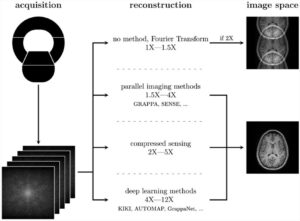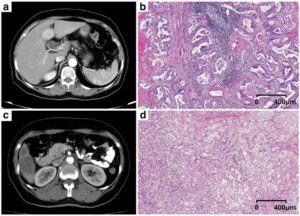The authors of this study recognized the potential of multiparametric positron emission tomography/magnetic resonance imaging (mpPET/MRI) for detecting and classifying breast lesions. To better understand computer-aided segmentation and diagnosis (CAD) features, the authors introduced a data-driven machine learning approach for a CAD system that enables the assessment of the relevance of mpPET/MRI features on segmentation and classification accuracy.
Key points:
- Predictive models developed from quantitative multiparametric magnetic resonance imaging regarding the characterization of prostate cancer grade should be zone-specific.
- Classifiers trained differently for peripheral and transition zone can predict a Gleason 4 component with a higher performance than the subjective opinion of experienced radiologists.
- Classifiers would be particularly useful in the context of active surveillance, whereby decisions regarding whether to biopsy are necessitated.
Authors: Michela Antonelli, Edward W. Johnston, Nikolaos Dikaios, King K. Cheung, Harbir S. Sidhu, Mrishta B. Appayya, Francesco Giganti, Lucy A. M. Simmons, Alex Freeman, Clare Allen, Hashim U. Ahmed, David Atkinson, Sebastien Ourselin, Shonit Punwani













